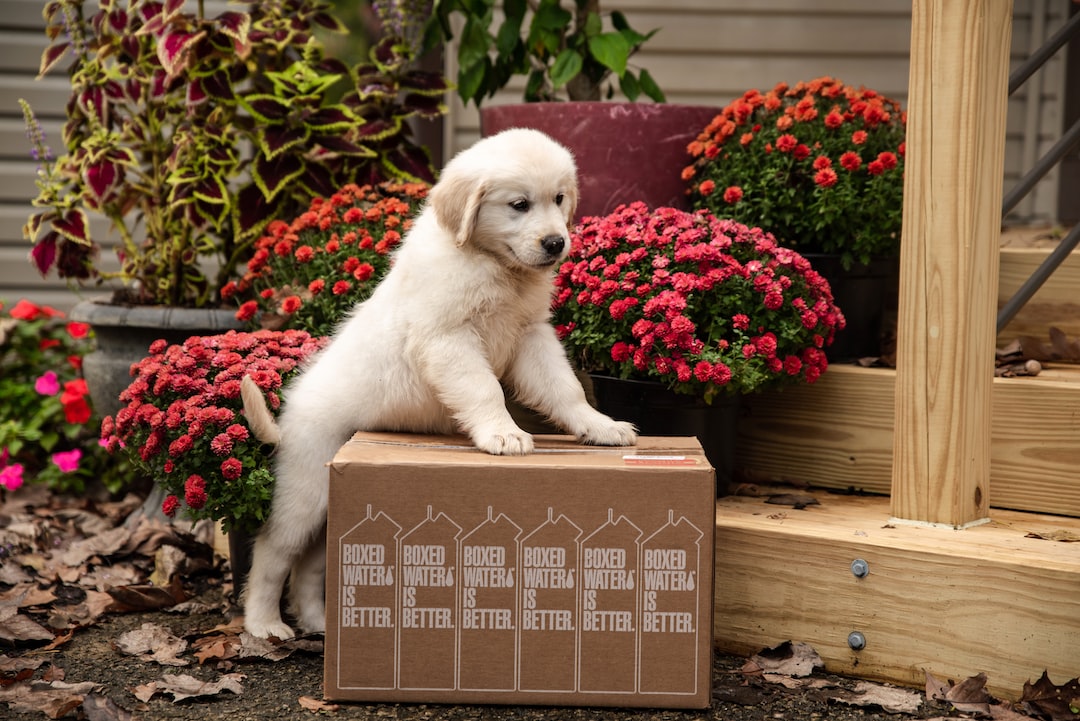How to Choose the Perfect Backpack for Hiking and Camping
When it comes to hiking and camping, having the right backpack is essential. A good backpack will not only carry all your gear comfortably but also help distribute the weight evenly to prevent strain on your body. However, with so many options available in the market, choosing the perfect backpack can seem overwhelming. To help you make an informed decision, here are some factors to consider when selecting a backpack for your outdoor adventures.
1. Size and Capacity:
The size of your backpack is a crucial factor to consider. It should be large enough to accommodate all your gear but not too big that it becomes bulky and difficult to carry. Backpacks are usually measured in liters, and the appropriate size depends on the duration of your hike or camping trip. For day hikes or overnight camping trips, a 30-40 liter backpack should suffice. Multi-day hikes or longer trips may require a larger backpack in the 60-80 liter range. Assessing your needs beforehand will help you determine the ideal capacity for your backpack.
2. Fit and Comfort:
A well-fitted backpack is essential for a comfortable hiking or camping experience. Look for adjustable shoulder straps, a sternum strap, and a waist belt. These features allow you to customize the fit according to your body shape and distribute the weight evenly. The shoulder straps should be wide, padded, and adjustable, while the sternum strap provides extra stability and reduces strain on your shoulders. A waist belt helps transfer the weight to your hips, relieving pressure from your shoulders and back. Prioritize backpacks with these features to ensure a comfortable and secure fit.
3. Weight:
The weight of your backpack is significant, as it should be lightweight enough to carry for extended periods without causing excessive strain. Opt for lightweight materials like nylon or polyester which are durable and water-resistant. However, be cautious of sacrificing durability for weight savings. Strike a balance between sturdiness and weight to ensure your backpack can withstand the rigors of outdoor activities.
4. Accessibility and Organization:
A well-designed backpack should have multiple compartments and easy access points to keep your gear organized and readily accessible. Look for backpacks that have external or internal pockets for storing small items like maps, snacks, or a water bottle. A top-loading main compartment is great for large items like clothing and sleeping bags. Some backpacks also feature panel-loading designs, offering easy access to the main compartment without having to dig through everything. Consider your gear and how you prefer to organize it to choose a backpack with suitable compartment options.
5. Durability and Weather Resistance:
When hiking or camping, you may encounter various terrains and weather conditions. Hence, it is essential to invest in a backpack that is durable and weather-resistant. Look for backpacks made from high-quality materials with reinforced seams and sturdy zippers. Water resistance or a rain cover is crucial to protect your gear during unexpected rain showers. A durable backpack will not only last longer but also provide peace of mind during your outdoor adventures.
6. Brand Reputation and Reviews:
Before making a final decision, do some research on the brand’s reputation and read customer reviews. Choose a reputable brand with a history of producing high-quality backpacks for outdoor use. Reading reviews will provide insights into durability, comfort, and design, helping you make an informed decision.
Choosing the right backpack for hiking and camping can significantly enhance your outdoor experiences. Consider the size and capacity, fit and comfort, weight, accessibility, durability, and brand reputation before making a purchase. Remember, investing in a good quality backpack will pay off in the long run by providing comfort, convenience, and the ability to fully enjoy your adventures in the great outdoors.

